Will this be France’s first wave pool? Bordeaux rejoices
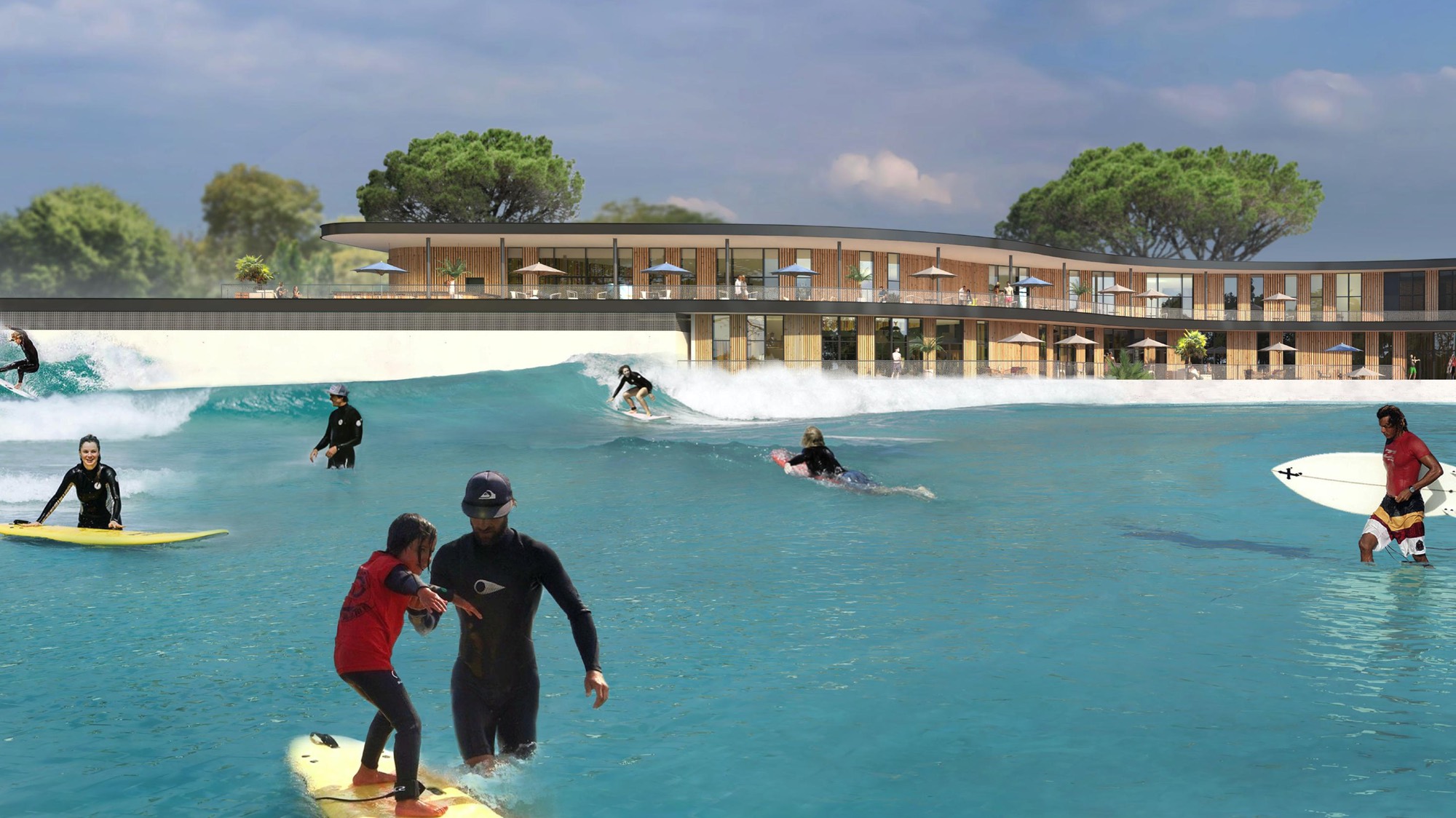
I sat with Eneko Elosegui at a neighborhood restaurant overlooking the Atlantic near his home in St Jean De Luz, a picturesque Basque seaport famous for sending whalers to North America in the 16th century. It’s fete season. Each town spends a handful of days per year partying, drinking, dancing, singing and dodging the occasional vachette, a breed of cranky horned cow loosed the streets (you know just for fun.) The whole scene is very Hemingway-esque, a romantic Old World happening that somehow lives on in the era of personal injury lawsuits.
Eneko Elosegui speaks enthusiastically. He is a bit hoarse, having spent the weekend singing traditional songs at the top of his lungs. I first met Eneko when he worked at Wavegarden and would often see him ripping the local beaches here in the Southwest of France. One cold spring morning in the parking lot at VVF he told me that he would be building a wave pool here in France. I didn’t believe it. Every pool in this country has been shot down for a variety of reasons, change of local government, a crushing bureaucratic process, but mostly because it’s impossible to a “first” of anything. It’s a country that places a very high value on procedure and process. There is no precedent for wave pools in France. On top of that, a once-respected but now wayward surfing group publicly opposes any surfing done outside of the ocean. That means wave pools. Totally skeptical that it could be done, I sat down with Eneko to find out if he and his crew could actually be the first people to build a wave pool in France, or if they were just feeling the after-effects of party season in the Basque Country.
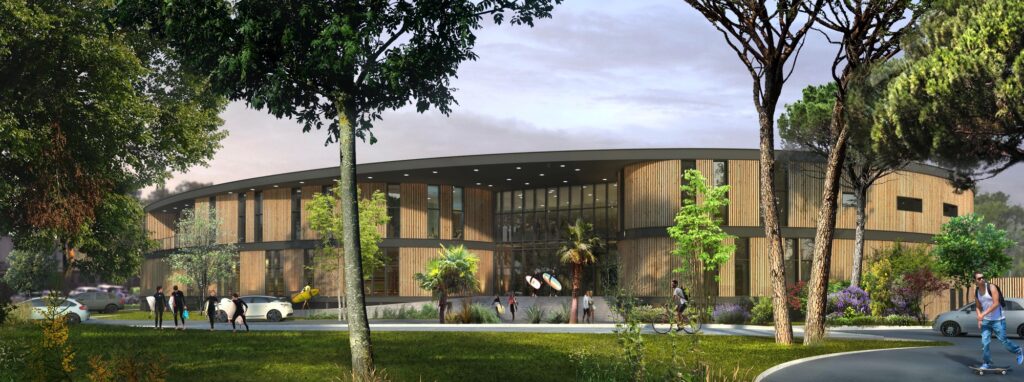
You’re 27, how did you learn so much about wave pool development?
I started surfing in the Basque Country, around Saint Jean de Luz when I was five with my father, who was one of the old-school surfers here back at the end of the ‘70s. I also very quickly realized that real estate was fun and wanted to be involved in the family business. If I could mix this with my passion, which was clearly surfing, it was going to make my career and life more enjoyable. So I ended up studying engineering in Bordeaux, Madrid and Australia and, very quickly, I understood that the wave pool space was the right industry for me to grow. After my studies, I clearly wanted to try to work for Wavegarden since their headquarters was right across the border here. They were the pioneers and, the number one player in the market, and I was always a huge fan. So very, very convenient for me to get started in the wave pool industry. Ultimately, I think you know, there are a few videos that we have all watched back in the day that kind of mesmerized us and got us completely hooked by this sector.
How did you gain your experience?
I was lucky enough to start working with Wavegarden in 2018 fulfilling my dream, two days after graduating as an engineer. And then it was about four years of working in the, not only business development but also, the project management side of the company. This meant that we would manage projects from the very early stages where a promoter has a potential project, and we have to go through all the technical and economical feasibility studies in order to get approvals and get the permitting ready, then the funding and then accompany it through the development stages. So with Wavegarden, I’ve been able to look at over a dozen projects and understand really what key items are needed to develop the project and actually be able to get it off the ground thanks to my amazing mentors within the team.
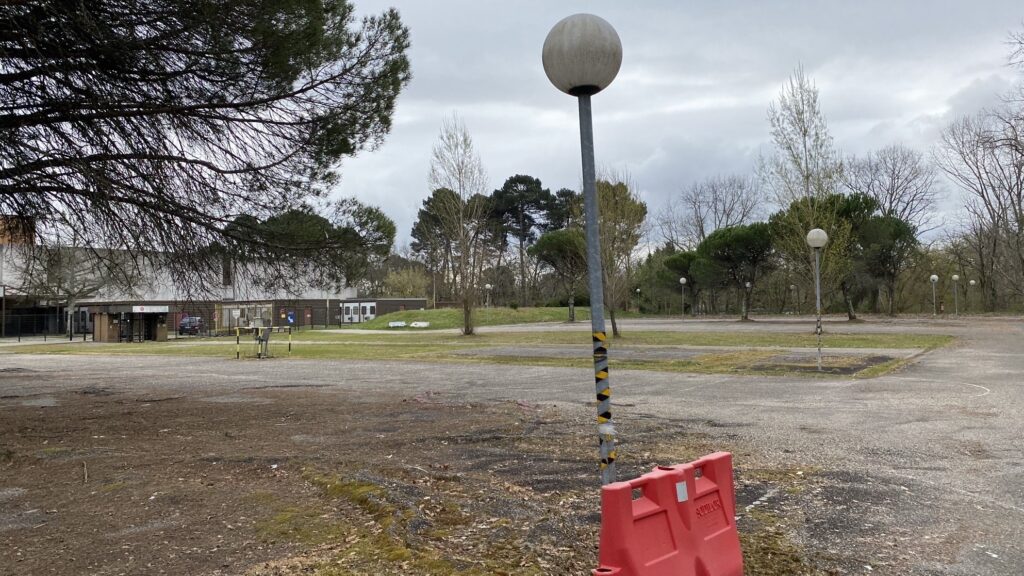
So, why go from advising and helping projects to doing projects?
At Wavegarden, I realized that some things were missing from a few developments around the world, such as France, and that, unfortunately, some of them would fail. So I quickly understood that I had to jump on the other side of the table and be able to push these myself, putting all the ingredients together and teaming with Wavegarden on them. And so for a couple of years now I have been working on two very specific projects which are in key markets around the world. I cannot share one of them just yet, as that one is confidential, but it will probably go faster than the one that I’m able to share today.
And here’s the big reveal, what is this new project?
We can now share that this will be a Wavegarden project development in the southwest of France, in Bordeaux. It is located in a small municipality just outside of Bordeaux called Canéjan. And we have been working on it for some time.
It’s difficult to get a project done in France. How did you do this?
We realized that every project in France would fail because one of the ingredients was missing either the right plot of land, the right team, or, you know, the right knowledge that was needed for something like this to succeed. So we gathered a small team with complementary skills. It’s been four partners involved in this project since its beginning, over two years ago. One of the proposed plots of land had the perfect ingredients, meaning it was in a very good area of Bordeaux, very accessible. But ultimately, it was a private plot of land owned by one of our partners, which would create a much more accessible development in time for us.
Why Bordeaux?
You know, it’s the capital of the surfing region of Europe, meaning that it is close to Hossegor, the southwest of France and the Basque country in Spain. And pretty much every surfer goes through there at least once a year to reach their final surf destination. It was clear, that it’s a landlocked location, meaning that anyone living in Bordeaux had to travel, you know, three hours round trip in order to be able to surf at the coast in Lacanau or Arcachon. But ultimately, it is also not too far from the ocean so that surfers in France could also potentially go and enjoy the surf in a wave pool. We all want to be able to share this fun but going to Switzerland, going to Bristol in the UK, which many of us have done, can be a lengthy and expensive mission living between Biarritz and Bordeaux. So Bordeaux, which is accessible by train from Paris in two hours and roughly a two-hour drive time from the surfing coast of France was the perfect location for this.
Can you tell us what the site is like and what specifically you’re doing from an environmental standpoint?
France has a deep culture of aligning its investments with environmentally friendly projects since the early 2000s, and our team’s DNA aligns with that sentiment. That is what the project is about. And that’s the number one reason it has taken so long for the right project to emerge. We wanted to take a wave pool to market in France but wanted to do it in a way that solved an environmental concern. The site is an abandoned car park of an industrial area that was built by IBM in the ‘70s, and the parking that they built for it was the size of 14 football fields. We are rehabilitating the parking lot, and turning it into an eco-friendly, energy-net-positive surf park that will bring the community together in what was an eye-sore for the local community. All of this, while leveraging the infrastructure that’s already in place, For example, the highway exit that is already operational was built for 5,000 employees that used to come to work every day. That highway exit is not used in the same way right now, the surf park will leverage that. But most of all, the site is already artificialized, and it is asking us to give it life.
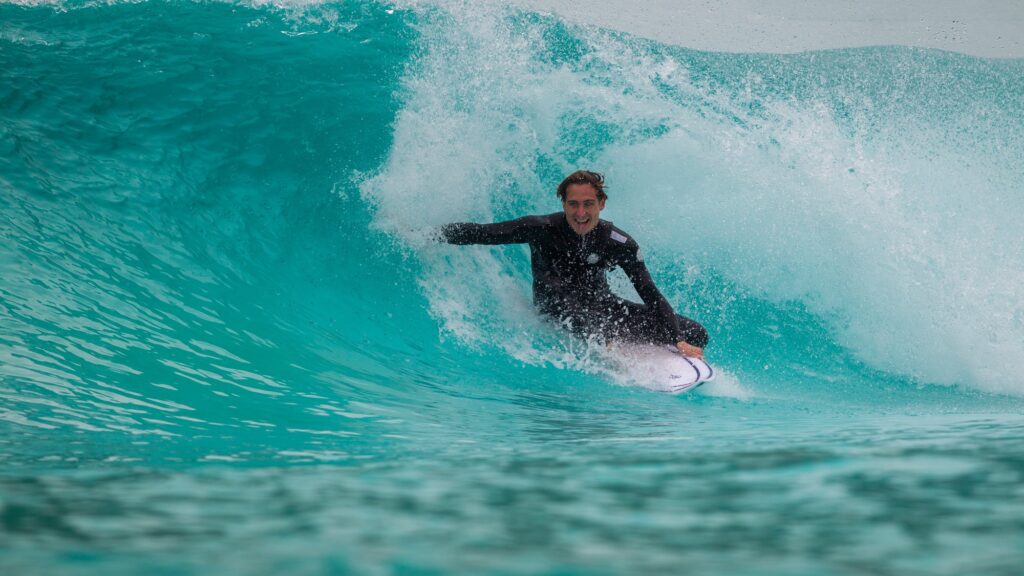
Where will you get the water? France is having more droughts than previously.
So there is this parking lot, but right next to it, there are two main buildings, which are one hectare (10.000 m2) in surface each. And these two buildings have evolved over the years, but they’re still there. These buildings will be used in order to collect rainwater over the surface of two hectares, rainwater that was previously thrown into the main river La Garonne and then the ocean. Not only is there the rooftops of these buildings to collect the water, but we also have 3000 cubic meter water tanks in the ground below these existing buildings that we can recycle to fulfil our water needs. So we will be able to refurbish these existing water tanks in order to store the rain over the year. The reality is that the wave pool will be autonomous from a water management perspective, thanks to this rain collection and these huge water tanks.
How are you going to power it?
So we’re lucky enough as well to be in this activity zone. We will have a local, solar panel supplier install solar panels on these roofs as well, which means that there will be 11,000m² of solar panels that will produce more than the necessary amount of energy. This means that the whole facility, not only the wave pool machine, but also the water treatment and also the main buildings, restaurants, etcetera, will all be powered by the solar panels and the excess energy will go back into the power grid and also the industrial area that we are a part of.
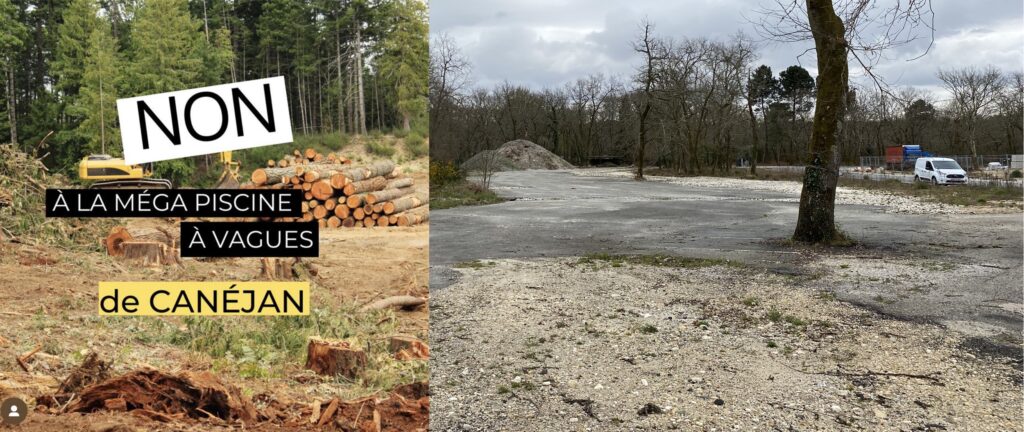
So let’s get into the development. When do you hope to break ground and how long after do you hope to fire off the first waves?
Well, we have been working on this for a couple of years and were given the official permitting back in February. So after that, there are a few administration processes to be cleared that may take a few months. But the hardest part has been achieved. And now it’s just a matter of time in order for us to get started with the construction. I cannot say exactly when we will be having waves or when we will be surfing here but all I can say is that we are well on our way to be the first one opening in France.
How long will construction take once you do break ground?
The development planning is about two years of ground construction, installing the machine and setting up all the amenities around it and then setting up the operations. It’s a full two-year program. After that, we will be receiving surfers from Bordeaux, and more, I hope.
Everyone has their own branding for their wave pool. Do you have a specific brand or is it branded under Wavegarden?
So we’re keeping this quiet for now. Everything to do with branding is still confidential, but the amenities that we will find on-site are basically the ones of a sports complex. We have been calling it “L’Académie de la Glisse”, (Surf Academy) between us. It will be a dedicated sports facility surrounded by key components like food and beverage. There will also be a co-working space within the site as well as a dozen rooms to accommodate surfers such as the French Surfing Federation athletes who support us in this development, as well as any teams that want to come and train at our facility.
So say I’m here in Europe and I want to get away for a surf weekend because there’s flat spell and I just want to surf and hang out for a while. Will there be accommodations?
Yes. That’s the idea. We want to have some minimal accommodation not only for professionals but for any surfer. Surfers from the coast will be able to plan a trip to the facility and convert their day trip into a longer stay.
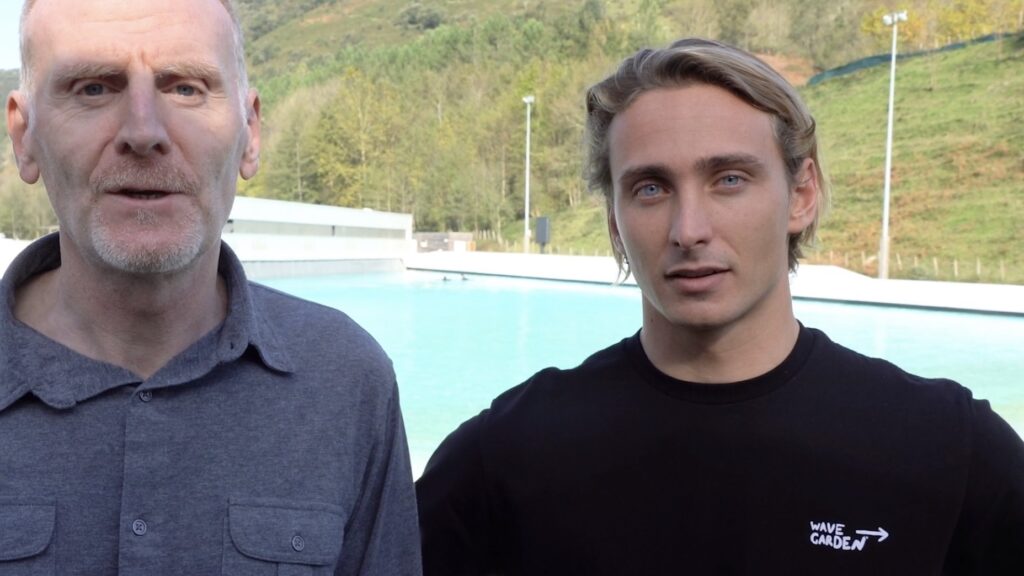
You’re using a Wavegarden Cove. Can you tell us how many modules?
Yes, it will be similar to the, you know, 52 of Praia da Grama
How is it? Using the product from a company that you used to work for?
We have a very strong trust relationship and we’re able to push a project a bit further than others, potentially, but also know how to navigate those painful administration stages of the project in France that seem never-ending. We know how to work with each other already and can save quite some time compared with somewhere where a developer who is new to this business still has a rather long educational process to go through.
Once this is across the finish line and the project is completed, will you feel a sense of pride as the first wave pool in France?
For sure. This was the objective really. We could see a clear demand in France, but the market was struggling to get one built. We still have a lot of work to do to be able to surf here. But clearly, the surf community has been waiting for this. The French Surf Federation has been pushing very strongly so that an environmentally friendly facility sees the light of day. They announced a couple of years ago that they would only support a project if its environmental values were in line with the federation’s values. So it’s something that we will all be very proud of achieving, especially because the project has a very strong environmental policy of reusing what’s existing and being able to minimize the overall impact. To be honest, we would probably not do it if these environmental conditions were not met as it is part of who we are.
Related Coverage
